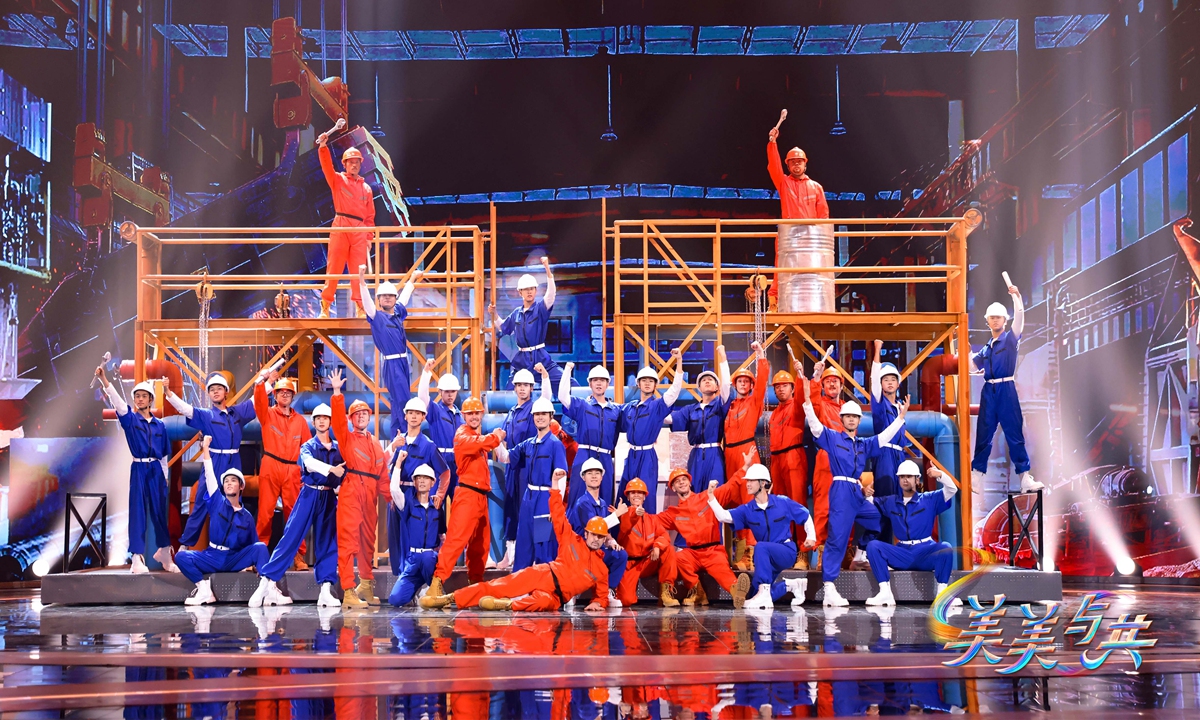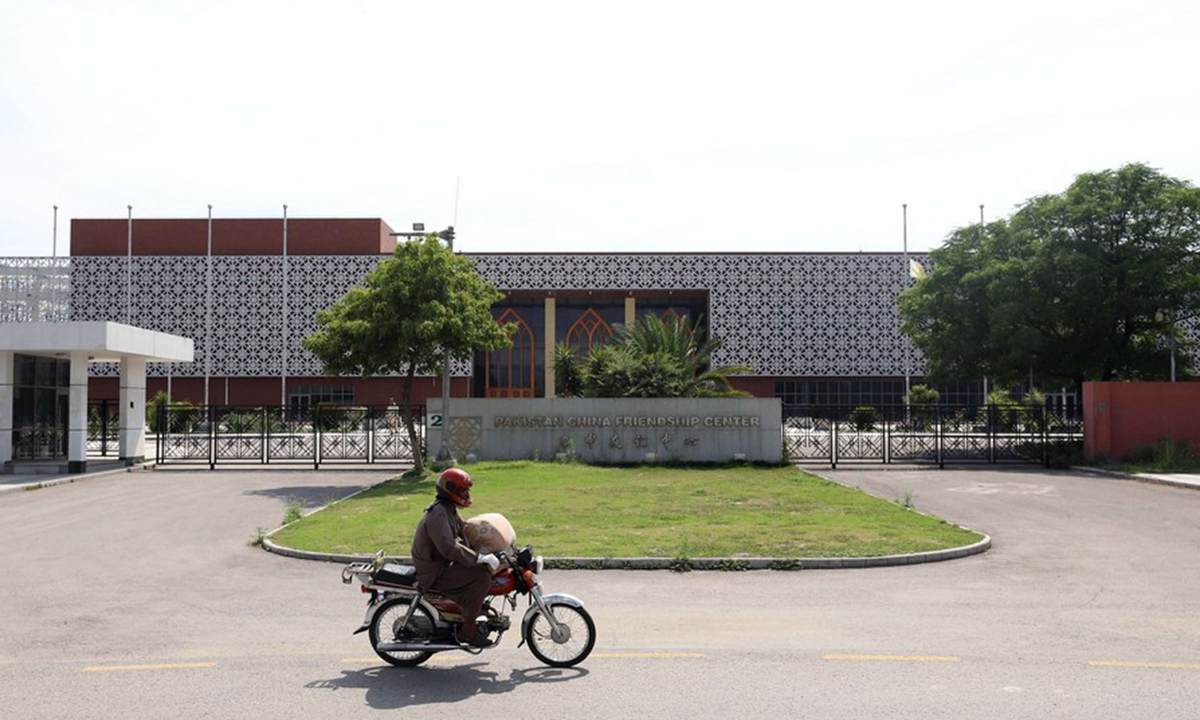BRI FOCUS / BRI CULTURE RIBBON
BRI 10th anniversary TV program brings beauty and harmony

The Beauty of Shared Arts TV program Photo: Courtesy of The Beauty of Shared Arts
The Beauty of Shared Arts, a large-scale international cultural exchange program co-produced by the China Media Group and the Ministry of Culture and Tourism, was recently launched to celebrate the 10th anniversary of the China-proposed Belt and Road Initiative (BRI).
With the spirit of promoting and developing culture, this program, which possesses a high degree of cultural awareness and confidence, actively undertakes the mission of promoting Chinese culture and civilization in the new era.
The program focuses on the diverse landscapes, customs and long-standing historical cultures of BRI participating countries, providing a panoramic view of the diversity of human civilizations. As an excellent innovative work in cultural programs in recent years, it opens up new ideas for inheriting and developing China's excellent traditional culture, presenting audiences with multi-dimensional experiences of beauty. To be specific, these traits are shown in three aspects.
First, the program narrates with emotion. The culture of any country or ethnic group cannot be separated from the land and the people living on it. The Beauty of Shared Arts delves deep into the vibrant lives of BRI participating countries, identifying representative figures and showcasing stories of the friendship between local people and Chinese people, revealing genuine human emotions.
The program focuses on the unique emotions of the characters, searching for common human feelings such as patriotism, familial love, and friendship by capturing grassroots sentiments and details. A steel plant in Serbia, which had run into deep trouble due to poor management, has been saved by a Chinese company and become a major contributor to the country's development.
Since its launch in December 2021, the 1,035 kilometer China-Laos Railway has generated benefits at more than just the local level, becoming a road of prosperity. Audiences can learn about these BRI stories in a more vivid way, which feels like family chatting together, with emotions that touch the heart.
The second aspect is about letting culture connect souls. This program consciously undertakes the historical mission of inheriting and developing Chinese culture in the process of Chinese-style modernization. On the one hand, it is based in China, adhering to the subjectivity of Chinese culture, while also facing the world, emphasizing the new trends and landscapes formed by Chinese culture in its interaction and mutual learning with world cultures. On the other hand, it showcases new ways to tell China's story and spread the country's voice.
For example, based on the story of a Chinese team leading the Serbian 5,000-person steel plant out of difficulties, the program presents a lovable and respectable image of China through the situational dance drama Steel Symphony and music collaborations between performers from both countries. By constantly innovating forms and styles, actively and proactively engaging in cultural exchanges and mutual learning with world cultures, the program showcases the vitality of Chinese culture in the new era.
The last aspect involves using art to facilitate communication. The program goes beyond simply presenting characters, stories and cultures. It transforms them through high-quality artistic performances, creating stunning artistic effects and achieving spiritual exchanges through artistic aesthetics.
The collaboration between Chinese pianist Lang Lang and Kazakh singer Dimash Qudaibergen, for instance, joined by the Beijing Symphony Orchestra, reinterprets a segment from the Yellow River Cantata. It reflects the musical friendship between Chinese composer Xian Xinghai and Kazakh musician Bakhitzhan Baikadamov across time and space. Music brings them together, and these creative artistic performances not only achieve a direct dialogue between the arts of the two countries on stage, but also connect the emotions of the present with the past, providing new ways of narrating stories between BRI countries.
In summary, as a large-scale international cultural exchange program, The Beauty of Shared Arts adheres to the subjectivity of Chinese culture with a high level of cultural confidence. It respects differences between civilizations with mutual understanding and inclusiveness, as well as looks to the future, continuously infusing Chinese culture and other cultures with new contemporary meanings, adding new fashionable elements, and innovating the forms and styles of cultural inheritance and development. The program offers important insights and references for advancing the development of a strong socialist culture in China with Chinese-style modernization. It also holds significance for inheriting and developing the best of traditional Chinese culture.
Hu Zhifeng is a professor at the School of Arts and Communication at Beijing Normal University. Hu Yuchen is a doctoral student at the Beijing Film Academy.

